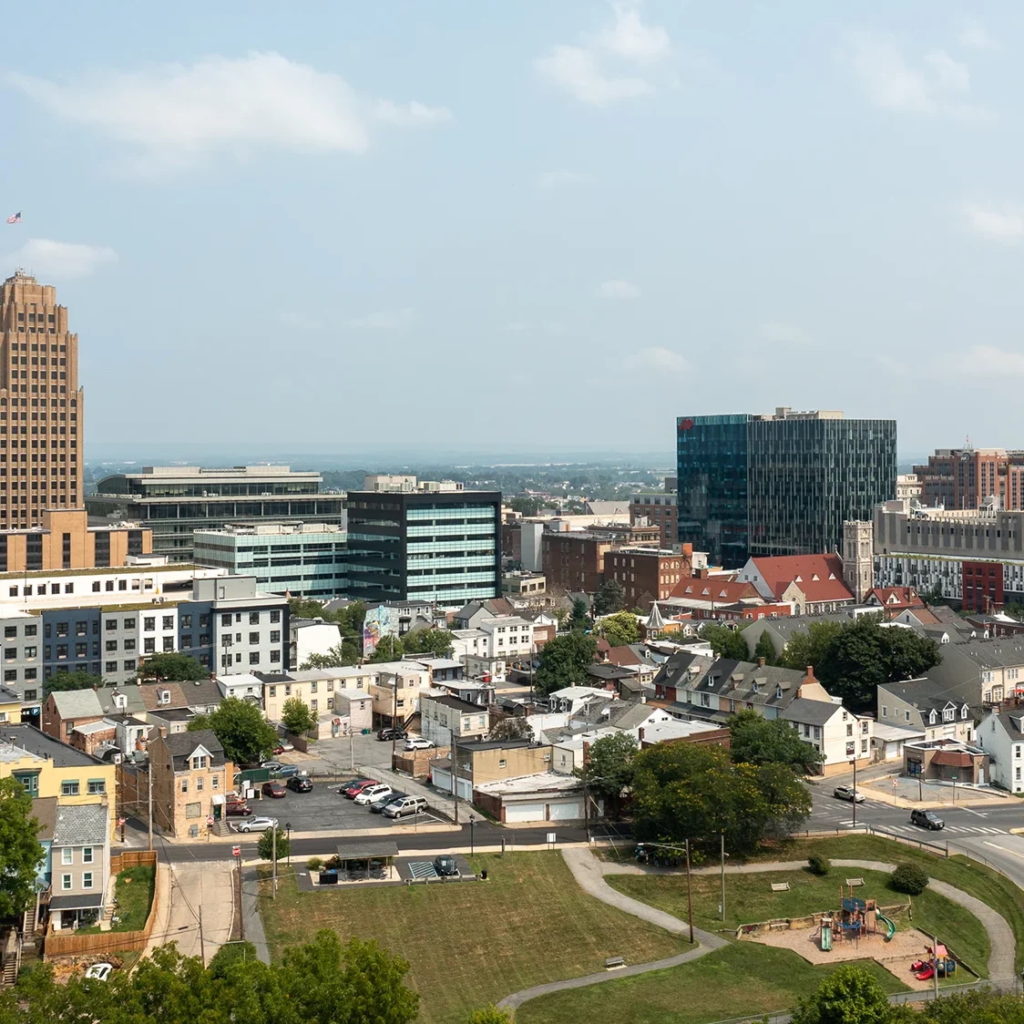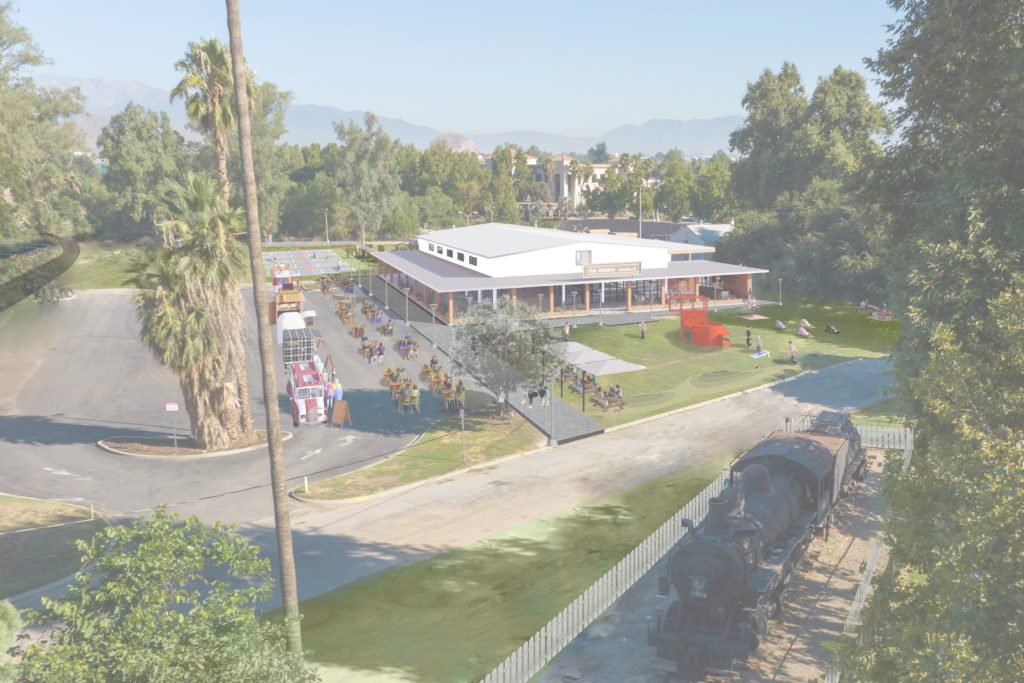The Institute played a major role because it gave me the ability to interact, ask the right questions, talk about possibilities, and the Institute made very clear to me to design [the park] in the way that it connects to the people. Turning this waterfront to one of the most beautiful spots in the Commonwealth of Kentucky has had a ripple effect for hundreds of millions of dollars of investments in housing, in entertainment venues―all within walking distance of the park
Mayor Jerry Abramson (1986-1999, 2003-2011); David Armstrong (1999-2003); Greg Fischer (2011-Present)
1992 MICD 12, 1999 MICD 26, & 2011 MICD 51
Background
Louisville’s residents live in a historic city located along the southern bank of the Ohio River, which also serves as the northern border between Indiana and Kentucky. Development activities in Louisville create opportunities for preservation of historic sites and neighborhood revitalization.
Challenge
Former Mayor Abramson presented the Downtown Development Plan at the Mayors’ Institute in 1992, seeking block-level design approaches that would accelerate growth in the proposed core retail district. Seven years later, former Mayor Armstrong presented another case study that focused on the redesign of the Broadway Corridor. The project involved turning downtown’s southern border into a walkable, pedestrian-friendly street with linkages to adjacent neighborhoods. On the heels of his predecessors, Mayor Fischer presented a case study in 2011 that seek strategies to attract more neighborhood-serving amenities to the 4th Street educational cluster.
Impact
MICD has been instrumental in helping Louisville’s mayors plan and execute their collective design vision for the city beyond their case study projects. The crowning achievement that demonstrates MICD’s influence is the iconic 85-acre Louisville Waterfront Park east of downtown. “The Institute played a major role because it gave me the ability to interact, ask the right questions, talk about possibilities, and the Institute made very clear to me to design [the park] in the way that it connects to the people. Turning this waterfront to one of the most beautiful spots in the Commonwealth of Kentucky has had a ripple effect for hundreds of millions of dollars of investments in housing, in entertainment venues―all within walking distance of the park,” Mayor Abramson said. “From my experience with MICD, I’ve gained a greater appreciation for the value of design and its importance in improving communities. As mayor, you can’t create a vision for your community without including design as a critical component,” he maintained.



